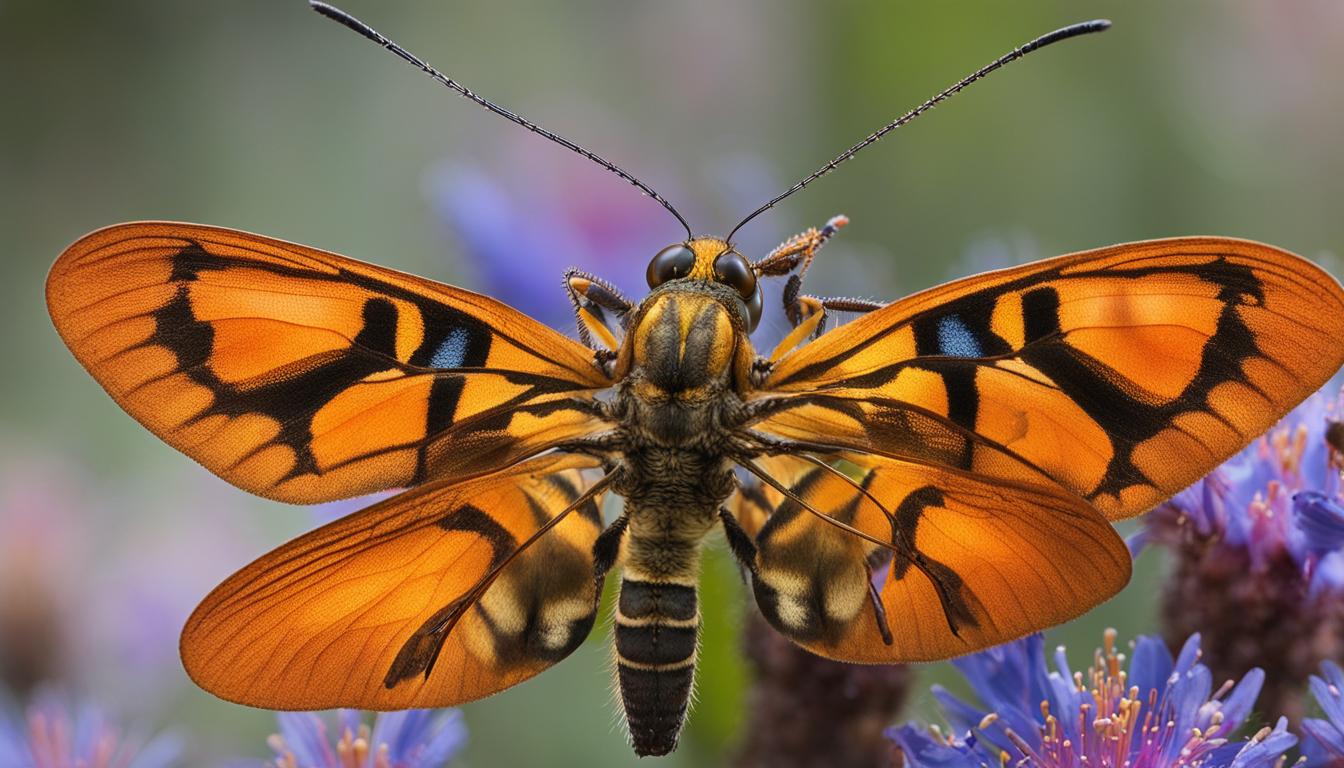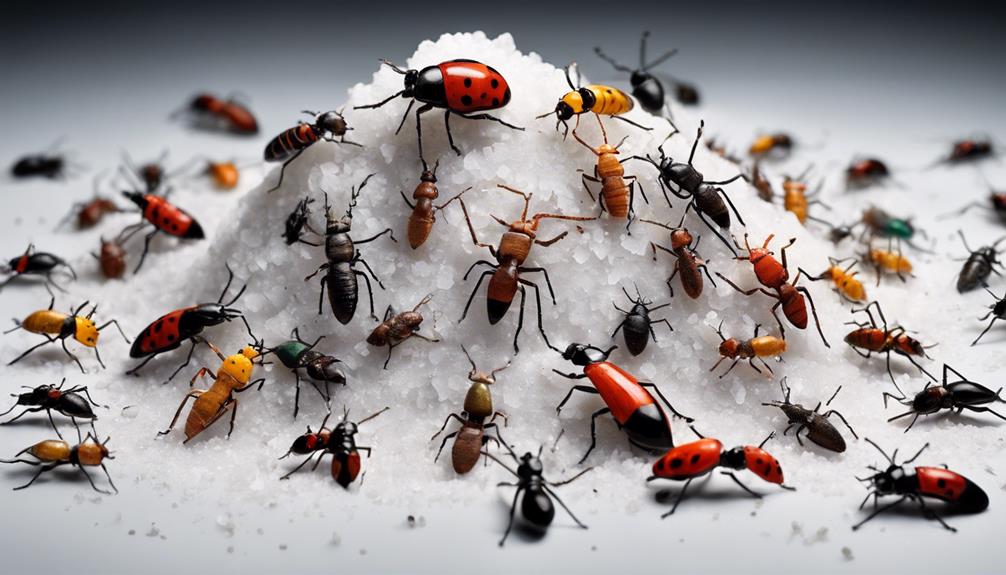In nature, animals showcase incredible teamwork to survive. You’ll see peacocks perform dazzling displays to attract mates, wolves hunt together in packs, and dolphins coordinate complex hunts to catch prey. They also defend their territory or colony through collective efforts. Their signals and communication guarantee everyone stays coordinated. If you look closer, you’ll discover even more fascinating ways animals work together, revealing the true power of cooperation in the wild.
Key Takeaways
- Many species perform elaborate displays or coordinated behaviors to attract mates, enhancing reproductive success.
- Animals like wolves and bees cooperate in group defense to protect territory and resources effectively.
- Dolphins use synchronized hunting strategies, driving fish into tight clusters for easier capture.
- Visual cues and signals facilitate communication and coordination among animals during complex tasks.
- Animal cooperation parallels human teamwork and safety mechanisms, emphasizing shared goals and collective effort.

Have you ever wondered how animals work together to survive? It’s fascinating to see how cooperation plays an essential role in their lives. Take mating rituals, for example. Many species rely on elaborate displays or coordinated behaviors to attract mates. Male peacocks fan out their vibrant feathers, performing intricate dances to impress females. Similarly, some frogs call in chorus, creating a symphony that signals their presence and fitness to potential partners. These coordinated efforts increase their chances of reproduction by making their intentions clear and standing out from rivals. But cooperation isn’t just about finding a mate; it also involves defending territory. Animals often band together for territorial defense, guaranteeing access to resources and protecting their offspring. Wolves pack up, working as a unit to patrol boundaries and ward off intruders. By cooperating, they maximize their strength, making it easier to defend their territory from rival packs. Bees are another excellent example—they defend their hive collectively, swarming any intruders that threaten their queen or brood. This teamwork ensures the hive’s safety and the colony’s survival. In the animal kingdom, teamwork extends beyond defense and mating. For instance, dolphins coordinate during hunts, encircling schools of fish and driving them into tight clusters, making them easier to catch. This strategy requires precise timing and communication, showcasing their ability to work together seamlessly. Additionally, appliance maintenance plans can be compared to animal cooperation, as both involve regular care and teamwork to ensure longevity and success. Effective communication and group coordination are crucial for animals to carry out complex tasks successfully. Understanding these behaviors helps us appreciate the incredible ways animals adapt and thrive by working as a team. Recognizing the importance of communication and signals in animal cooperation highlights how vital effective interaction is for their survival. Furthermore, many animals also use visual cues and body language to coordinate their actions efficiently, which plays a crucial role in their collective success. Moreover, just as modern technology incorporates safety features like auto shut-off for safety and efficiency, animals have evolved mechanisms that ensure their cooperation is both effective and sustainable. So next time you see animals in groups, remember that their teamwork is an essential part of their survival story, built on communication, trust, and shared goals.
Frequently Asked Questions
How Do Animals Communicate During Cooperative Tasks?
You might wonder how animals communicate during cooperative tasks. They use various communication signals like vocalizations, body language, and scent markings to coordinate effectively. These signals serve as collaboration techniques, allowing them to share information, signal readiness, or warn of danger. By understanding and responding to these cues, animals work seamlessly together, demonstrating impressive teamwork skills that ensure their survival and success in complex environments.
What Evolutionary Advantages Does Teamwork Provide Animals?
You see, teamwork in animals offers mutual benefits that boost survival strategies. When animals work together, they can hunt more efficiently, defend against predators, or care for young, increasing their chances of survival. This cooperation helps them adapt to challenges in their environment, ensuring their species’ continuation. By sharing resources and skills, animals strengthen their community bonds and improve overall fitness, making teamwork a crucial evolutionary advantage.
Are There Instances of Rivalry Within Cooperative Animal Groups?
Did you know that about 30% of animal groups experience rivalry? Within cooperative groups, rivalry can still occur through territorial disputes or resource competition, even when animals work together. You might see this in meerkats competing for the best burrows or wolves fighting over food. These conflicts show that cooperation doesn’t eliminate rivalry; instead, it often coexists, driven by the need to secure essential resources and maintain dominance.
How Do Young Animals Learn Teamwork Skills From Adults?
You might wonder how juvenile learning occurs in animal groups. Young animals gain teamwork skills through parental guidance and observing adults. They watch how adults communicate, share resources, and cooperate during activities like hunting or building nests. By mimicking these behaviors, juveniles learn essential social and cooperative skills, gradually becoming effective team members themselves. This process guarantees they develop the teamwork abilities necessary for survival and success within their community.
Can Animal Cooperation Inspire Human Teamwork Strategies?
Think of human teamwork as a well-orchestrated symphony, where each instrument plays a crucial role. Animal cooperation, like cooperative hunting and mutual grooming, can inspire you to foster trust and coordination. By observing these natural strategies, you learn the importance of shared goals and mutual support. Incorporating these lessons encourages stronger collaboration, enhances problem-solving, and builds a cohesive team, just as animals rely on each other for survival.
Conclusion
So, next time you see animals working together, remember you’re witnessing a timeless lesson in teamwork—way before the age of social media, animals already knew how to collaborate for survival. Whether it’s ants building their colony or dolphins hunting in sync, their cooperation is truly inspiring. It’s like they have a secret society, minus the secret handshake. Maybe we could learn a thing or two from them, even in this digital age, to make our world a better place.










